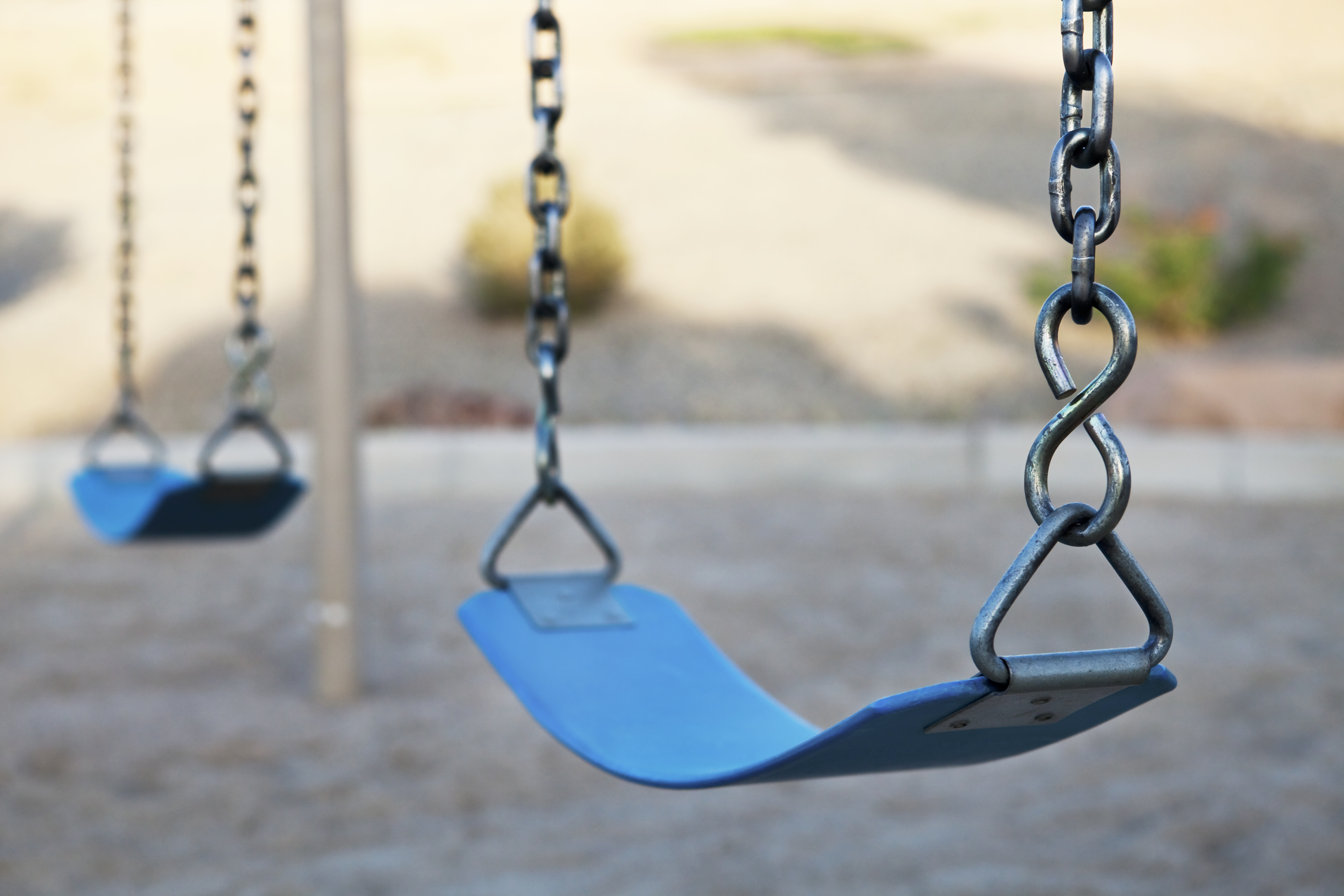In response to the tragic Sandy Hook school shootings, Connecticut enacted last week one of the nation’s strictest gun-control laws, but the 140-page law isn’t just about limiting access to firearms.
The Gun Violence Prevention and Children’s Safety Act comes about three and a half months after 20-year-old Adam Lanza shot and killed twenty children and six staff at Sandy Hook Elementary School in Newtown.
The law broadly addresses gun control, mental health services and school safety.
Among its provisions are universal background checks for all firearm purchasers, expanded restrictions on issuing gun permits to the mentally ill and the establishment of local committees to investigate threats and bullying in schools.
The new legislation also changes the Risk Reduction Earned Credits Program by requiring inmates convicted of violent crimes to serve at least 85 percent of their sentences before being paroled.
The bill also mandates a study of whether each state university and community college needs its own police department.
Guns and ammunition
S.B 1160 requires prospective gun buyers to pass a federal background check and adds 100 new weapons to the 67 already barred by the state’s 1993 assault weapons ban. One of the newly-banned weapons is the Bushmaster .223 caliber XM15 semiautomatic rifle that Lanza used in the shooting, according to documents released by state investigators.
The law also bans the sale and purchase of magazines larger than 10-rounds. Current owners can keep high-capacity magazines if they register with the state by January of next year.
On the day of the shooting, Lanza allegedly carried ten 30-round magazines for the rifle. Police estimated that the shootings took approximately five minutes. They found 154 spent rounds and 58 unused rounds at the scene.
Along with the Bushmaster, Lanza carried a Sig-Sauer P226 9mm and a Glock 10mm, which police say he turned on himself. Police found an Izhmash Saiga-12 shotgun and two 70-round magazines in the trunk of the car Lanza drove. The car was registered to his mother, Nancy Lanza, who he shot and killed with a .22 rifle before driving to the school.
The new law bans only one kind of shotgun – the Russian-made Saiga-12 variety. The three other guns Lanza carried or used during his shooting spree remain unbanned.
The law makes possession of a firearm, ammunition or a stun gun a Class C felony, up from a Class D, for people convicted of certain misdemeanors, expanding the current ban on gun permits for felons. Violating this provision triggers a two-year mandatory minimum sentence and a $5,000 fine.
Individuals found not guilty by reason of mental disease or defect cannot own a gun until 20 years after their release.
The legislation sets up a dangerous weapons offenders registry and demands that anyone on the registry seeking to change their name go through the same court approval process as individuals on the sex offender registry.
The law also bans the sale of all armor-piercing bullets, raises the age limit for long-gun purchases from 18 to 21 and allocates $1 million for a firearm trafficking task force led by the Department of Emergency Services and Public Protection.
Mental health
The new law sets up a 20-member task force to study Connecticut’s mental health services and release these findings before the 2014 legislative session.
The task force, which will focus on 16- to 25-year-olds, will include seven state officials and 13 appointed members. It will make recommendations on improving behavioral health screening for public school children as well as on early intervention, treatment and case management services. It will also analyze a proposal to require mental health professionals to disclose the names of individuals posing a threat to themselves or others.
Currently, an individual committed by court order to a psychiatric hospital is not eligible to apply for a gun permit until after 12 months. The new act extends this time period to five years.
An individual who voluntarily enters a psychiatric hospital on or after Oct. 1, 2013, must wait six months to apply for a permit, unless the admission was for alcohol or drug rehabilitation only.
Psychiatric hospitals must immediately provide the Department of Mental Health and Addiction Services commissioner with, at minimum, the name, address, sex, date of birth and date of admission of an individual who voluntarily commits themselves for mental health treatment, unless the person is only treated for substance abuse.
DMHAS will work with school boards to offer “mental health first aid.” Participants will be trained to recognize the signs of mental illness in adults and children and connect these individuals to professional help.
DMHAS will also:
- Expand the assertive community treatment programs currently available in Manchester, Middletown, New Britain and Norwich to three new cities.
-
Provide up to 100 mentally ill people in the probate court system with case management and case coordination services.
The Department of Children and Families must provide behavioral health consultation for primary care providers serving children by Jan. 1, 2014.
The law also reduces the time health insurers have to make determinations on claim denials as well as urgent mental health or substance abuse treatment requests – from 72 hours to 24 hours.
School Safety
The act establishes a council to deploy safety standards at new and renovated schools. These standards must include, at minimum, reinforced entryways with bulletproof glass, solid core doors and double-door access, computerized locking mechanisms, remote locks and buzzer systems on all entryways, closed-circuit security monitoring and a secured lobby.
Schools will organize committees to investigate threatening behavior and the state will create a registry of school-security consultants.
Higher education institutions, both public and private, will receive safety audits and must develop plans for campus security and teams for campus threat assessments.
There are also changes to the hiring process for University of Connecticut and state university police departments.
A new competitive grant program aimed at developing school-safety projects will receive $15 million in bond funding.

